Not The Hasselblad It Used To Be . . . What Will The Future Be?
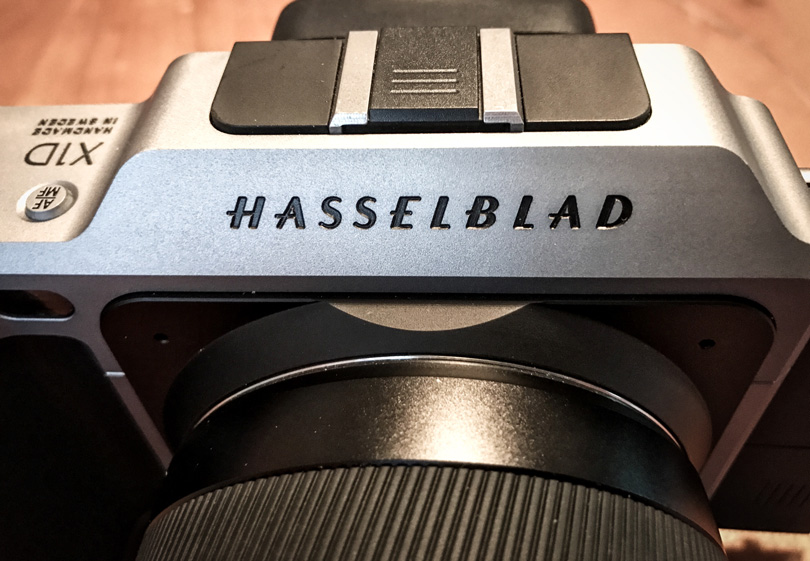
As a young photographer starting out in the seventies, I worked my tail off. I had to. As is the case for many photographers today, I lusted after a particular camera more than the rest. The camera gear I wanted most was Hasselblad. I always figured that once I could afford to own a Hasselblad, I would be able to claim a level of success that I had only ever dreamed of. I was careful with my money, and after a few short years, I had enough saved to purchase a 500CM, a 500EL, several finders, and five lenses. They all arrived neatly packaged in a Halliburton Aluminum case. I was in love. I had made it. I owned the best camera system in the entire world. Overall, I am sure this contributed to the success I had as a photographer in those early years.
.

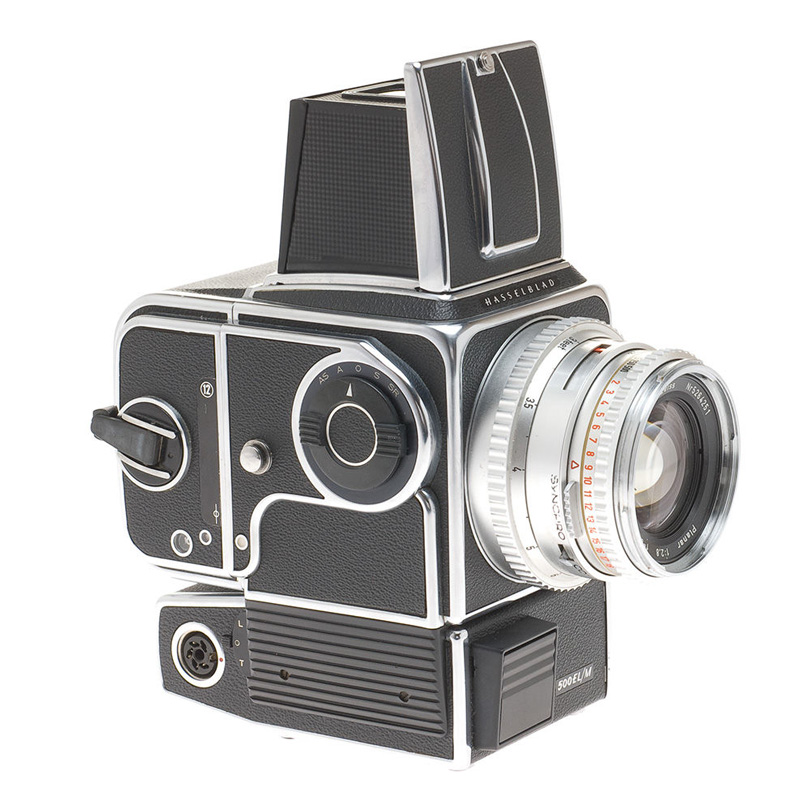

Back then, Hasselblad was a company that was committed to their customers. They cared about my success. They frequently hosted workshops and seminars which taught photographers how to become more successful, not only by using their cameras, but by using creative lighting techniques and sound business practices. They supported their customers and offered excellent technical support. They were legendary in the eyes of thousands of photographers.
A lot has happened since then, and things just aren’t the same. Sometimes change is good. But this isn’t one of those times.
With the advent of digital imaging in the late nineties, Hasselblad was left behind in the analog days. At that time, there were several digital camera back makers. All of these companies made digital backs that could be attached to Hasselblad cameras. At some point in early 2000’s, Hasselblad went on the market, looking for a buyer. Some digital camera companies tried to purchase Hasselblad, but in the end, it was bought by Imacon, a film scanner company.
Imacon had ventured into the camera back business and had started to actively pursue an integrated digital camera solution. In November of 2002, Hasselblad released the H1 camera system. It was revolutionary at the time, as was Hasselblad’s new medium format camera. Digital camera back makers like Phase One, Sinar Leaf, and others started to design their camera backs to fit the new H1 system. Companies like Phase One focused on making digital backs, while companies like Hasselblad focused on creating state-of-the-art cameras. Everyone was happy.
Then one day, the CEO of Hasselblad thought up a grand scheme to put the other digital camera back makers out of business. The decision was made simply because Hasselblad was selling a lot of H1 cameras and lenses, but not a lot of digital backs. It bothered them to know that other brands of digital camera backs were sitting on their prized cameras. Put bluntly, the Imacon digital camera back was not that great and photographers commonly used the digital back they preferred, rather than settling for Imacon.
Almost overnight, Hasselblad integrated their cameras and digital backs, and no longer allowed other camera companies to attach their own digital backs to Hasselblad cameras. If a company wanted to attach a different camera back to their camera, they asked them to pay a licensing fee. Many digital back makers had no choice but to ante up, as they had no other cameras to which they could attach their digital backs. It became a matter of survival for many photographers in the industry.
As a side-bar, this was also about the time that Contax, a digital camera maker with a fine camera system, decided that they were no longer going to make medium format cameras. Many photographers still believe this was a poor decision. Their camera was built like a tank and boasted superior optics. Contax could have owned the market.
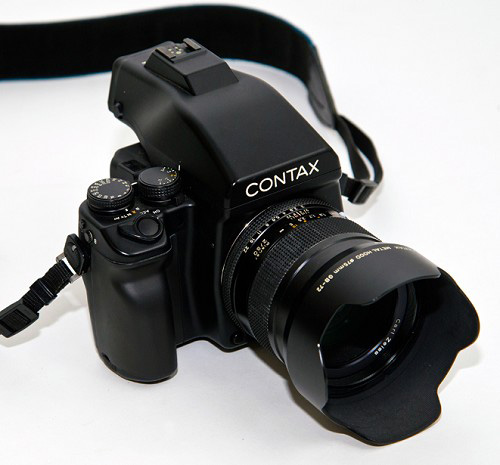
Hasselblad’s move was not well-received in the industry as many photographers preferred using Phase One digital backs with their Hasselblad cameras. In the end, this scheme turned out to be the ‘beginning of the end’ for Hasselblad. Under new leadership, Hasselblad became a company that was all about “themselves,” rather than putting their customers first, as they always had in the past. Phase One, the leading digital back maker, refused to pay the licensing fees, sued Hasselblad, won, and formed an alliance with Mamiya. Phase One now owns Mamiya and their camera has evolved into the highly successful XF system.
Over the next couple of years, Hasselblad was bought and sold a few more times. They changed CEOs almost every two years and ventured off into crazy camera land. Someone in the company eventually had a brilliant idea to save the company, which at this point, was losing millions of dollars every year. They were going to bling out other camera company’s bodies and rebrand them as their own. Thus, the famous rosewood-handled, ruby-embedded Sony cameras were born. For some reason, Hasselblad thought that they could charge five times the price, just because these cameras had a wood handle, big knobs, and a Hasselblad logo. Frankly, I would have loved to have been in the meeting when this was decided. It is quite obvious that the management team was completely out of touch with their customer base. Photographers around the world laughed at them, ridiculing such a bonehead decision. Lawsuits were even brought against the previous management over these decisions.
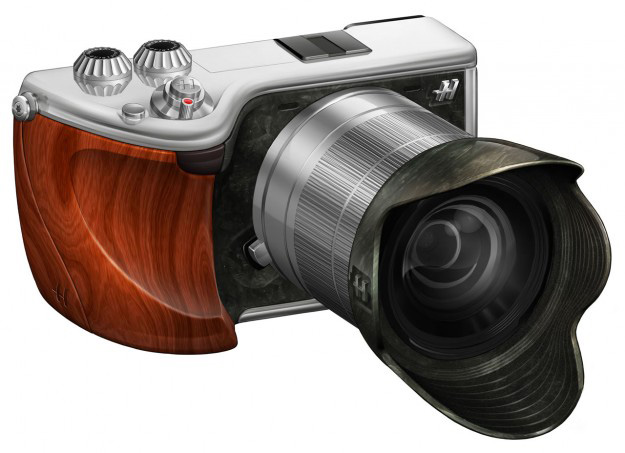

Along the way, Hasselblad was sold once again to a venture capital firm who wanted to rescue the brand. After losing even more money, they fired their existing CEO and searched for a new leader to dig them out of the hole they were in. The whole time, the brand continued to hemorrhage money.
About two years ago, they hired Perry Oosting as their new CEO. Perry had been on the board of directors, and was tasked with bringing Hasselblad back to its core product: a superior camera. A few months after Perry became CEO, I sat down with him in New York City and we discussed the challenges he faced and his plans to overcome them. It was a great conversation and it was easy to see that Perry “got it”. Where many CEOs before him had made poor, rash decisions, Perry listened to his team (as well as the marketplace), and saw clearly what needed to be done. Over the past year, I have found Perry to be both open and passionate about the company and the goals they are working hard to achieve. He is always happy to comment on the current state of things, or discuss his vision of success for the company.
Suddenly, Hasselblad was a different company. Perry immediately stopped all production of the blinged out products and re-focused the company’s efforts on the H6 camera line and the development of a new system: the X1D.
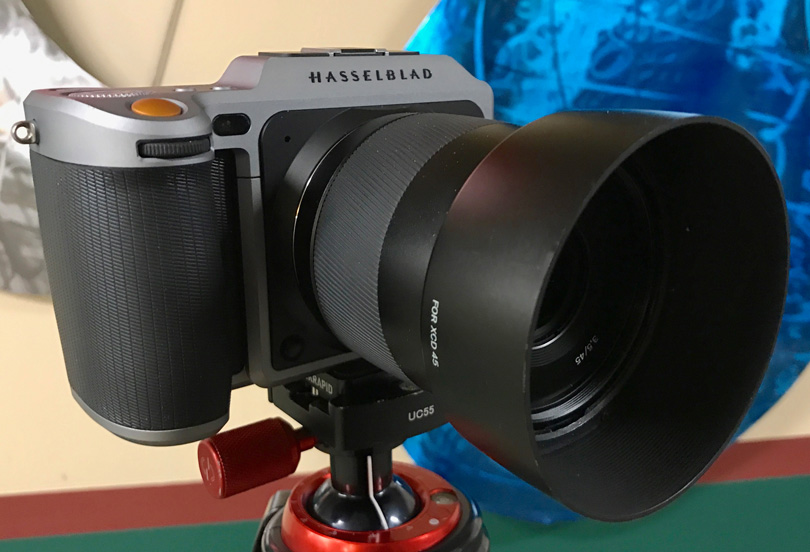
On June 22, 2016, Hasselblad announced an amazing new camera that took the camera industry by storm and confirmed hopes that Perry’s promises would be realized. Hasselblad was back, and many photographers were thrilled to see it! They introduced a brand new camera with a revolutionary design: a medium-format, mirrorless camera, and a lens line to go with it. Designed with typical Swedish form and function, the X1D is a very attractive, reasonably priced, compact and lightweight camera, with an incredibly innovative touchscreen interface. A camera so intuitive that you can practically operate it without consulting the manual. The bottom line is, Hasselblad had a hit on their hands. Unfortunately, having a hit is not always a good thing
Orders began to pour in. More orders than they had anticipated. A lot more. Hasselblad claimed that they could deliver this camera system a few months after announcing it, but let’s not forget that the company was both cash poor and resource poor. They simply did not have much money in the bank after losing millions of dollars for several years. Their investors were hesitant to devote additional funding towards the brand, as they couldn’t visualize making a profit. To top it off, the company had trimmed itself down to a bare bones staff, leaving a relatively small team to work miracles under immense pressure. Suppliers had to be paid. Developers needed to write software and firmware. Sensors had to be manufactured. People needed to be trained on how to assemble the new cameras. All of this had to happen before any cash was coming through the door. You can have all of the orders you want, but unless you can fill them, there is no sale and no money.
Now It Gets Interesting
Perry, is a brilliant man and really believed in his new products and especially the team that was behind him. He was in a jam. Hasselblad, needed money to produce the cameras that photographers were ordering. They went to the investors (The VC firm) and asked for money but they didn’t have any more to give. At this point I can imagine that all these investors wanted was the payout. Not having much choice, Hasselblad had to look for a source of mone. They found that source in DJI. We all know DJI as the wildly successful Chinese drone manufacturer.
They obtained the cash needed from DJI and things began to move forward. A lot up to this point was made public as DJI became a minority shareholder in Hasselblad. This happened in November 2015.
Well, let’s skip ahead a year. It’s now January 2017 and Hasselblad is just beginning to deliver the X1D in small quantities. I wrote an article last month about this.
You are probably asking yourself (as I did), why this camera took so long to get out the door? First, designing a camera requires a lot of time and money. Second, the camera has to be tested; after all, it needs to work. Third, firmware, software, and image quality all need to be at a high level. Releasing a camera before it is ready can spell as much trouble (if not more) than releasing it late. It was a no-win.
Hasselblad still needed to stay afloat. The investors wanted their money and they were not willing to contribute any more to this cause. What now?
Simple, the minority shareholder becomes the majority shareholder. DJI now owns the majority share of Hasselblad. You heard me right. This information has come from numerous, reliable sources. Hasselblad, the iconic Swedish camera company, is now owned by the Chinese drone maker DJI. Sooner or later, this will all become public. Maybe now that I am spilling the beans, it will be sooner rather than later. It seems that everyone inside Hasselblad knows about this, as well as some distributors and resellers. You can’t keep something this big a secret for very long, eventually, it is going to get out.
What does this mean? Well, we can speculate all we want. I have been in this industry a very long time. I can imagine that many of Hasselblad’s employees are a bit worried, to say the least. It could be that a few of them are no longer with the company or are already looking elsewhere for employment. I am sure that DJI is going to come in and make significant changes. The investors have most likely arranged a share transfer program so that they will get some of their investment back. But what about the new X1D, the H line, and most importantly, the future of the company?
There are a lot of orders to fulfill and a lot of questions. Will DJI be able to expedite the orders and keep the present management team in position and find ways to increase production and delivery? There are many questions one naturally asks when a turnover like this happens. Let’s hope DJI shares their plan with their team and their customers as soon a possible.
It would be comforting, albeit naive, to think that everything will remain consistent and that no significant changes will take place, but I can assure you that this will not be the case. DJI sees a future in Hasselblad. I’m sure the Chinese market loves a brand like Hasselblad and it will be wildly successful there. But, what about the rest of the world? Can DJI maintain the iconic tradition and sales of such a mature and recognized brand?
In all fairness, another Swedish iconic company – Volvo, is now owned by Chinese investors and Volvo’s new models promise really well – if they sell. So there is hope. Or is this simply a brandname takeover?
Time will tell and I’m sure we will hear more news in the coming weeks. It’s starting out to be an interesting year so far. I wish Hasselblad all success but frankly, it isn’t the Hasselblad we all once knew and loved. What will the future bring?
DJI Please let us know what is going on.
Information relayed in this article was obtained from numerous credible and reliable sources. Although the final conclusion has not yet been confirmed by Hasselblad or DJI, I am confident in my sources and believe that a formal announcement is forthcoming.








